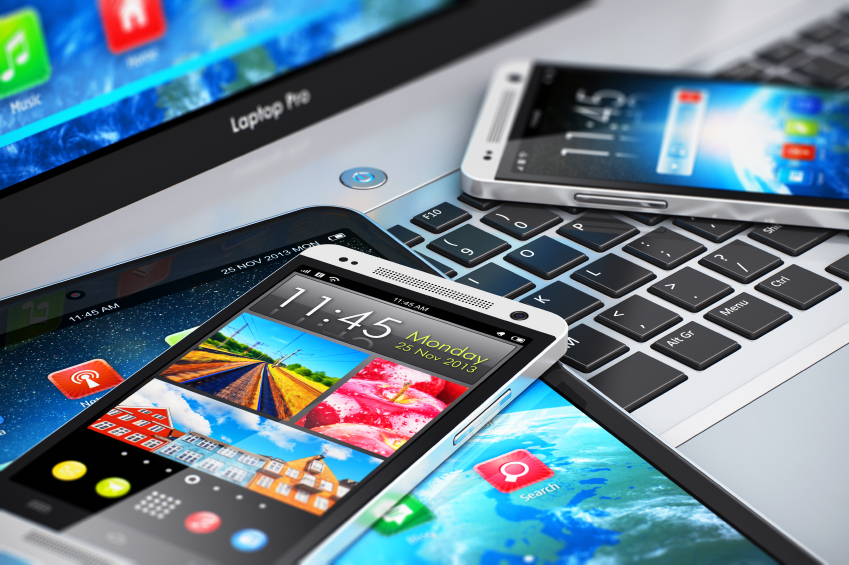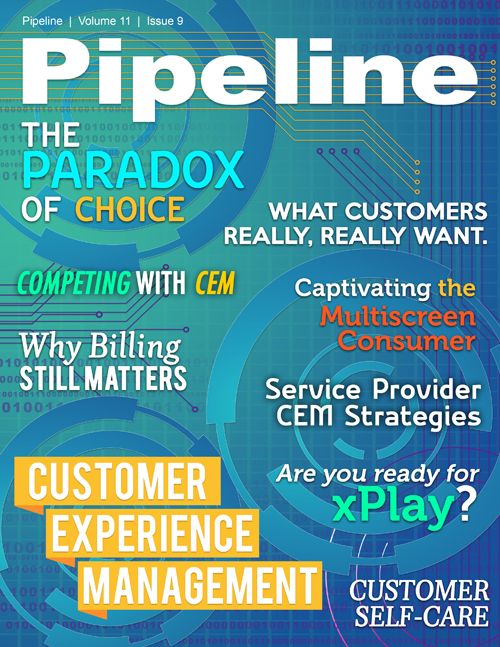Customer Self-Care in the Connected World
By: Ian Collins

A huge shift in customer service is underway. The number of connected mobile devices has now surpassed the world’s population. With billions of connected mobile devices in the hands of consumers around the world and the constant introduction of new innovative technologies, carriers who strive to deliver an exceptional customer experience are facing significant challenges. People are buying devices that are supposed to entertain, educate and make us more productive.
These devices come in endless configurations combined with settings and applications that are custom and personalized to the device owner and driven by their behavior, so where will customers turn for answers when things aren’t working properly? With 2 billion smart phones alone generating over 10 billion questions per year, how can carriers address the challenges of delivering customer experience excellence and gaining insight into subscriber behavior without driving expenses through the roof ? The answer is simpler than you may think: real-time context enhanced self-care for the connected world.
Customer service is typically the last thing on the agenda when developing new products. The shiny new technology and applications always grab the attention of both customers and developers until the problems begin. Then everyone points the finger at who should have done something differently along the way to have avoided the big mess of customer dissatisfaction that has emerged. Unfortunately for the carrier, they often become the default target to blame when some aspect of their customer’s service expectations isn’t met.
People have come to depend extensively on their mobile devices and all of these great new applications and services for endless uses. This drives their behavior in terms of communicating, working, social networking, gaming, shopping, banking, listening to music, taking pictures or organizing their schedules, and the list goes on and on. So what happens when they need help with their device, applications or service? Customers expect instant access to information and resources to solve their problems and in today’s connected world. Why shouldn’t they get that?With the internet at their fingertips, consumers around the world have been trained by Google and the 3.5 billion searches they perform on that platform every day that if you’re looking for answers you type your query into a search box. Gone are the days of phoning someone in a call center and dealing with a long frustrating session, and even online chat is aging quickly. FAQs and long decision trees that rarely deliver anything useful are even more prehistoric feeling. The future is in Google-like interactions; the customer has a question and either types or speaks it into a service and expects a fast, specific and useful answer.
Natural Language Processing (NLP) has been at the heart of many customer service solutions for the past decade where customers enter their questions using natural language. NLP has come a long way and is thousands of times more effective than it was a decade ago, but it is still only part of the solution. NLP on its own is blind to the customer’s situation, relying on interpretation of the customer’s words only, which will never deliver the level of service desired. At the same time, the explosion of technology in customers' hands has put thousands of relevant data points within reach, there for the taking if we only had a way to make use of that data. This has opened the door to enhance NLP technology and deliver much more targeted answers using context from a huge amount of machine read data.





















